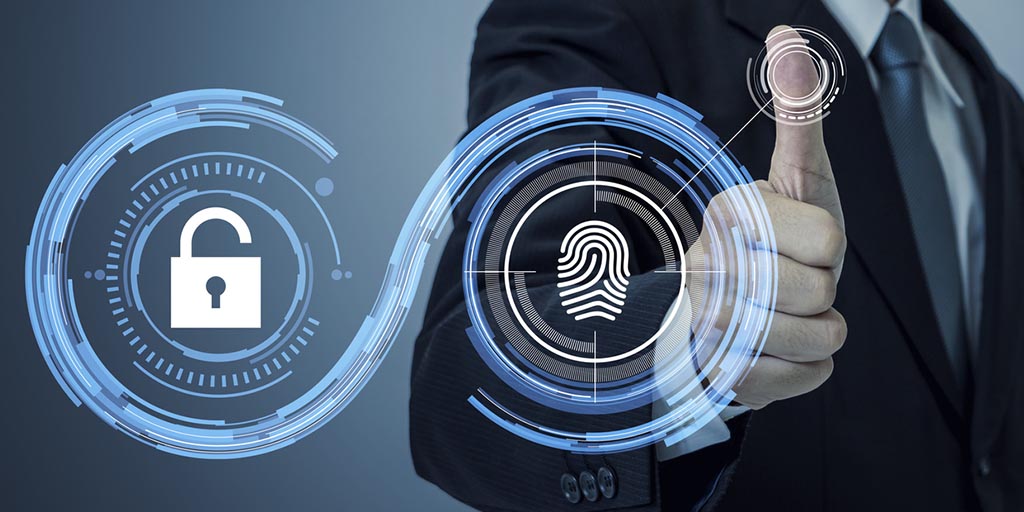
09 Oct What is Identity and Access Management?
The need for Identity and Access Management (IAM)
Identity and Access Management is strongly linked to a firm’s security infrastructure and can be the single biggest reason for the downfall of a company’s digital assets. Compromised employee credentials can provide a vulnerable vector for cyber criminals to attack entities. Identity Management can help mitigate this threat by securing user identities.
What is Identity and Access Management?
Identity and Access Management (IAM) is the broad term for the IT security discipline, framework, and solutions for handling digital identities. This tool provides, manages, secures, authenticates and authorizes identities to access particular resources and execute actions. Even though a user has a designated digital identity, they can have different accounts assigned to them, each with different access controls. This process ensures that users have the correct level of access to the right resources in terms of applications, servers and databases. These users could be external such as customers (customer identity management) or internal (employee identity management).
Goal of Identity Management
The primary goal of identity management is to safeguard a firm’s digital resources by providing the correct level of digital access to authorized users in the right context throughout a firm’s system. This access includes a firm’s applications, systems, networks, systems and databases. This includes the provisioning and on boarding process for employees, customer clients and other stakeholders. It also covers changes in authorization for existing users and the off boarding of users no longer authorized to use certain resources.
Role-Based Access
Identity and Access Management uses existing system job roles to manage access to resources including applications, networks and databases. As job roles change through an organization’s life cycle, so do access rights, which are updated using role based access.
Identity Access Management Tools
These usually involves the following tools:
- Employee information through HR systems and databases to define and identify users.
- Tools to add, alter, and remove users.
- Password management tools.
- Tools to modify existing login mechanism.
- User access restrictions for specific applications and databases.
- Tools for accountability on usage of existing systems and information.
There are several conventional systems used as part of an IAM. These include:
Single Sign On (SSO): This is an access and login system where user authenticate themselves once and use all the software and applications in the system without needing to sign in for every single one of them again.
Multi-Factor Authentication: This is a combination of user’s knowledge (for e.g. pin code), possession (for e.g. employee id card) and inherence (biometric authentic such as voice recognition) in order to identify, authenticate and provide access to users.
Privileged Access Management: This is an integrated system which utilizes employee databases and existing job roles to manage employee access to applications, software and databases.
Scope of IAM
IAM can be provided physically, on the cloud through Identity as a Service software (IDaaS) or even as hybrid setup. The scope of IAM in every entity varies with the policies and processes in place that determine the assignment of roles and access in an organizational structure in accordance with legal and compliance regulations. These policies and processes are known as Identity Governance and they play a key role in guiding Identity Management.
Benefits of IAM
- IAM tools can improve efficiency and lower operational by allowing better management of internal and external users accessing an organization’s digital tools.
- IAM systems can provide consolidated access to users across the entire spectrum of an entity’s digital resources, without risking security.
- This system also brings automation to otherwise manual processes such as password resets, increasing employee and business productivity.
- Lastly, IAM systems ensure compliance with legal and compliance regulation as specified by Identity Governance.
Final Note
IAM is a tool with more merits than any and its impact on business productivity and efficiency is unmatched. Cyber Chasse provides IAM tools to secure your enterprise tailored to you needs.




